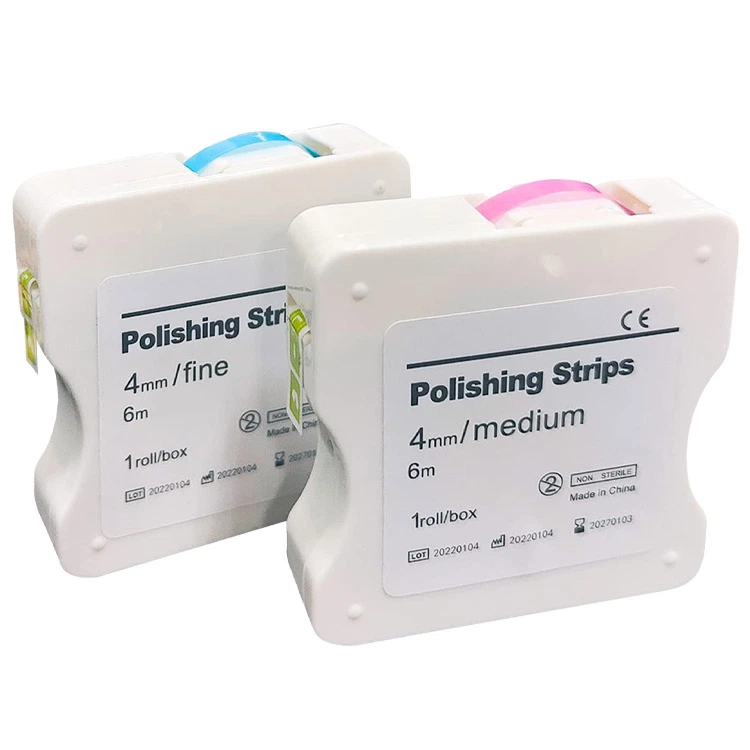
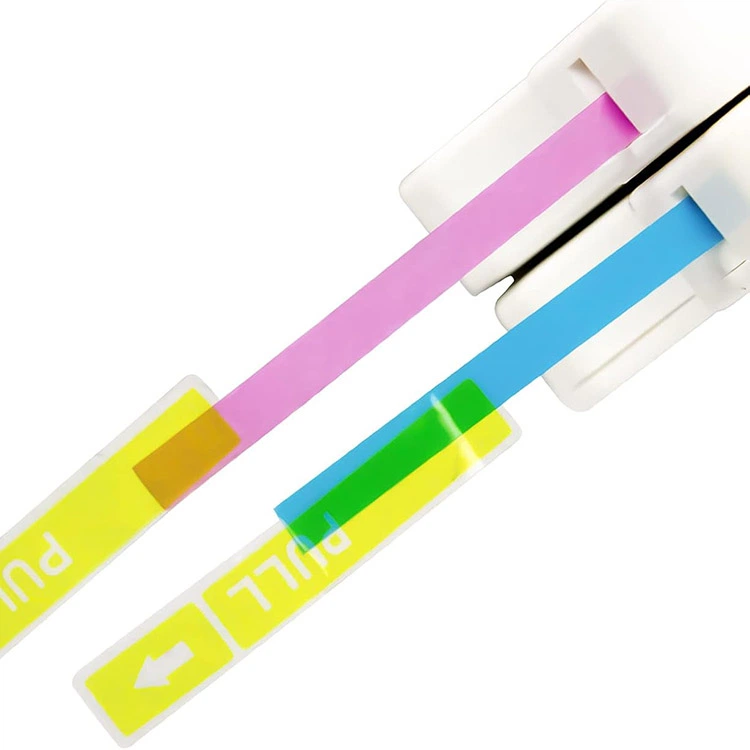
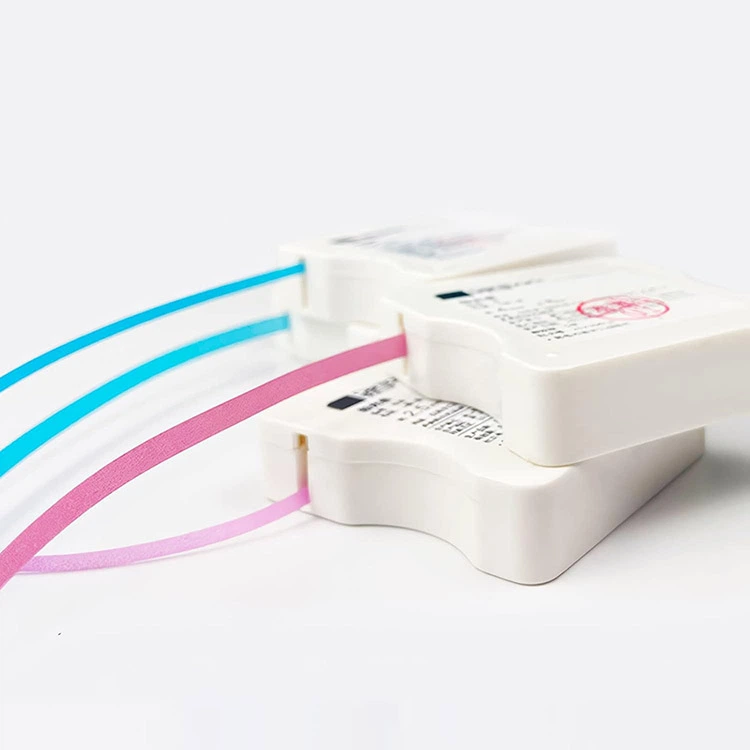
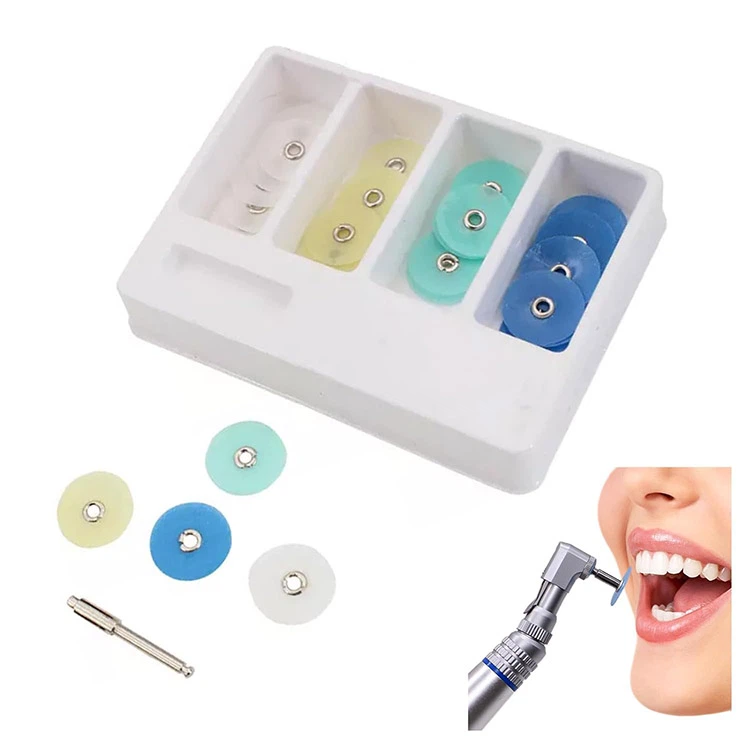
Tiras de pulido dental
- Traje de acabado dental traje para los dientes abrasivos excelentes para eliminar los voladizos pequeños para formar una forma adyacente saludable y hermosa.
- Genial para eliminar pequeños voladizos para formar una forma adyacente saludable y hermosa
- Dos tipos de partículas de arena abrasiva gruesa y fina pueden satisfacer varios requisitos de corrección y pulido de la superficie
Descripción
Eleve su rutina de cuidado dental con tiras de pulido dental de resina, Está disponible en opciones de arena fina y media. Elija la arena fina para un suave, esmalte preciso para lograr un más suave, o optar por la determinación media para la eliminación efectiva de las manchas más resistentes e imperfecciones de la superficie. Se elabora la variación para la durabilidad y la flexibilidad, Asegurar que pueda comunicarse fácilmente con todas las áreas para obtener una salud dental óptima. Ideal para uso dental profesional o cuidado en el hogar, Estas tiras de pulido prometen un final de grado profesional.
Categoría de tiras de pulido dental
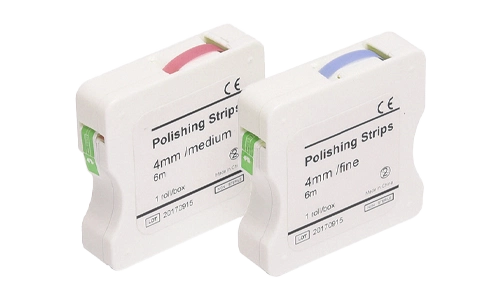

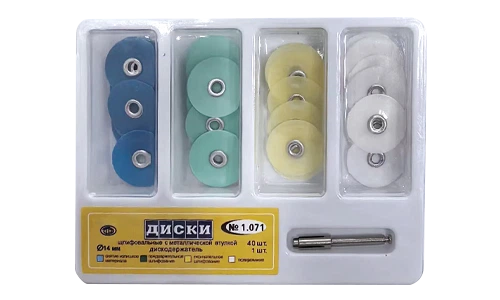
Hay dos colores de tiras de pulido dental: azul–2.5arena gruesa de mm/4 mm de ancho, rojo–2.5arena fina de mm/4 mm de ancho, 6m/rollo. Proceso especial de plantación de arena, La combinación es firme y no cae arena, el sustrato es delgado, alta dureza, y no se deforma cuando se tira. Los removedores se utilizan para recortar, polaco, y moler las superficies de los dientes adyacentes. Ideal para eliminar pequeños voladizos para una forma adyacente saludable y saludable. Al pulir, Use arena gruesa primero, luego cambia a arena fina.
Más detalles, Por favor contáctenos.
Enamel is the strongest tissue in our body. It is very hard and can crush any food you put in your mouth. But it also has a huge weakness – it is prone to staining. Por ejemplo, people who often drink tea and coffee or smoke frequently will have their teeth stained on the surface. When their teeth are exposed, they look less aesthetically pleasing. En este punto, you need the help of a dental polishing strip. It can effectively remove the light stains on the surface of your teeth and restore their whiteness.
What are dental polishing strips used for?
To remove stains on the surface of teeth: Pull the dental polishing strip and use the friction force to effectively remove pigmentation on the surface of teeth. If you have light stains from drinking coffee, tea, red wine or smoking, you will see obvious results after using it a few times.
Make tooth enamel smoother: Although tooth enamel is very hard, long-term friction with food will always leave fine scratches on the surface of the tooth enamel. These rough areas are prone to adhering to dental plaque and stains. Polishing strips contain mild abrasive components (such as silicon dioxide or calcium carbonate), which can gently polish these rough spots, restore the smoothness of tooth enamel and reduce the accumulation of impurities.
Preparing for teeth whitening: When whitening teeth at a dental clinic, the dentist will first pre-treat the teeth with a polishing strip. Polished and smooth tooth enamel can enable whitening materials to adhere better and enhance the whitening effect.
How to use a dental polishing strip?
Using dental polishing strips is not complicated. Just follow the steps below and you can achieve the desired effect without damaging your teeth:
Primero, clean your teeth: Use a toothbrush and dental floss to clean your teeth and remove food debris to prevent interference with the polishing effect.
Choose the appropriate length: Each box of our dental polishing strips is 6 meters long. You should select the appropriate length based on the teeth to be polished. Por ejemplo, after polishing, the molars need to be longer, while the front teeth can be shorter.
Gentle polishing: If you have used dental floss, then using a dental polishing strip is the same. Primero, insert it into the gap between your teeth, pull at both ends, and let the grinding surface of the polishing strip rub against the surface of your teeth. Repeat this process several times and then change to another tooth.
Mouthwash test: Rinse your mouth with clean water after grinding to remove any residual substances. Look at your teeth in the mirror – you will immediately find that the surface of your teeth becomes smoother and shinier.
Precautions for using dental polishing strips
Be cautious about sensitive teeth: If you have problems with tooth sensitivity or gum recession, try it on a small area of your teeth first. If pain is felt, stop using it immediately.
Polishing strips are supplementary tools for oral care and cannot replace daily oral cleaning, such as brushing teeth. It also cannot remove deep dental plaque or tartar, so polishing strips cannot replace professional teeth cleaning.
Check the ingredient list: Select dental polishing strips that contain FDA-approved ingredients. If your tooth enamel is thin, avoid using products containing strong abrasive ingredients (such as aluminium oxide), and prefer polishing strips with mild ingredients like silicon dioxide.
Avoid overuse: For the best results, it is recommended to use the tooth polishing strip 1-2 times a week. Do not overuse it (more than three times a week), otherwise it may excessively wear down the enamel, leading to tooth sensitivity and tooth decay problems.
Preguntas frecuentes
Dental polishing strips can make teeth look whiter by removing the pigments on the surface of the teeth, but they are different from professional whitening. It cannot change the natural color of tooth enamel. If you want a deeper whitening effect, it is recommended that you go to a dental hospital for professional teeth whitening.
The polishing effect usually lasts for 1 a 2 semanas, and the exact duration depends on your dietary habits and oral care methods. If you often drink beverages that are prone to staining (such as coffee and tea), you may need to use polishing strips more frequently to maintain a bright white effect.
Most dental polishing strips are safe for veneers and crowns. It is also necessary to avoid using polishing strips with strong abrasive components on these restorations, as they may scratch the surface and cause the restorations to lose their luster.
Children under the age of 12 should not use polishing strips because their tooth enamel is still developing and is more prone to damage.

